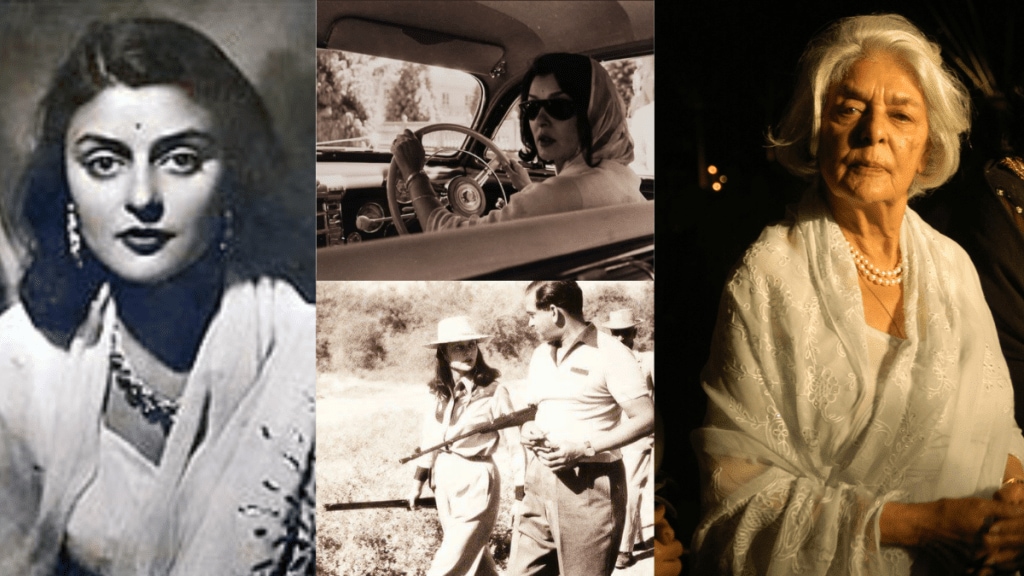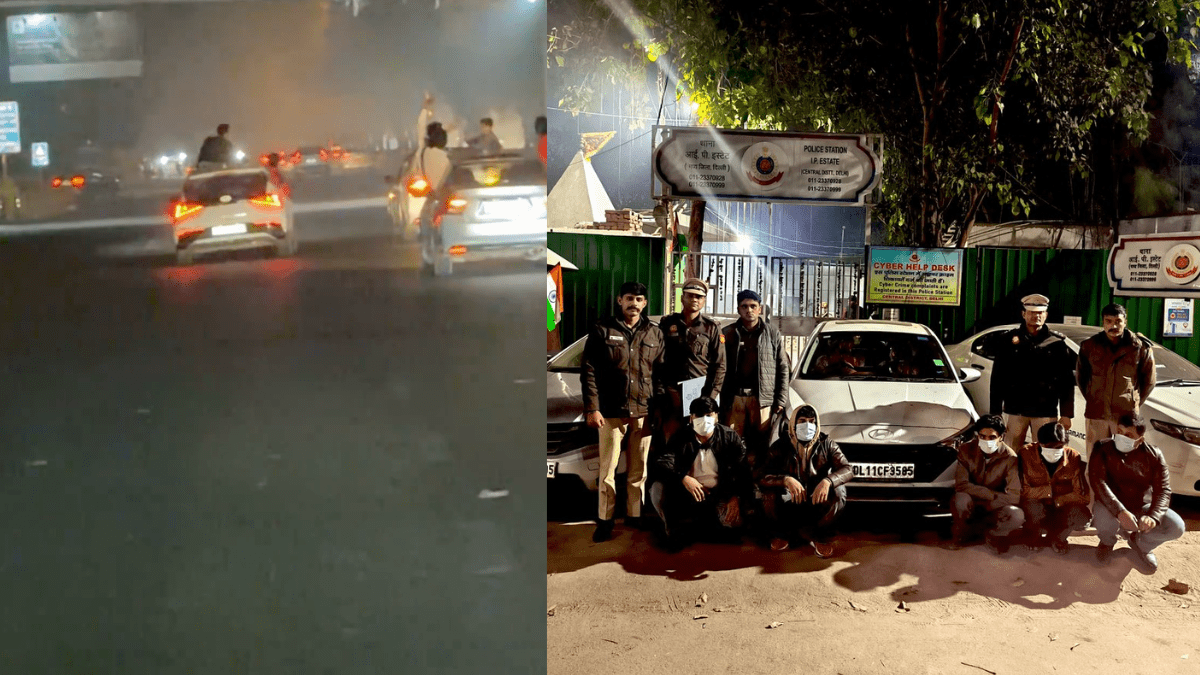India’s rich and vibrant history dates back to 3000 BC, monarch’s rule may have been abolished from the subcontinent but the legacies of these royal families have stood the test of time. Indian history is designed with tales of princes and princesses, their conquers, wealthy lifestyles, fashion, and culture. Maharani Gayatri Devi, the third Maharani of Jaipur from 1940-1949 was a queen who did not fear speaking her mind, a politician, a social worker, who was a fashion icon known for her elegant sense of style, and who never shied away from flaunting her massive collection of six yards of sheer elegance-saree. Her ideologies, sense of personal style, and vision for a better world put her on the pages of history as a true queen.
The Early Life of Gayatri Devi
Maharani Gayatri Devi was a member of the Cooch Behar Hindu royal dynasty from birth. Her mother was Maratha Princess Indira Raje of Baroda, the lone child of Maharaja Sayajirao Gaekwad III, and she was the sister of Jagaddipendra Narayan, affectionately known as “Bhaiya,” who rose to become the Maharajah of Cooch Behar. Her father was Maharaja Jitendra Narayan of Cooch Behar in West Bengal. Gayatri attended Glendower Preparatory School in London, Visva-Bharati University in Shantiniketan. Later, while travelling with her mother and siblings to Lausanne, Switzerland, she acquired secretarial skills at the London School of Secretaries, Brillantmont, and Monkey Club London.
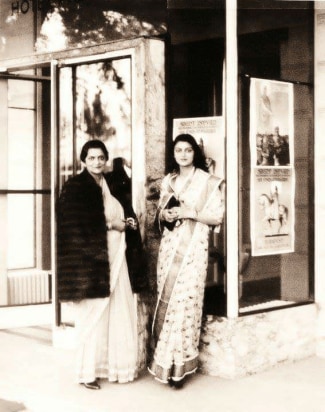
At the age of 12, she met Sawai Maan Singh II of Jaipur while visiting her parents in Calcutta. He was 21-years-old. They agreed to get married when she was 19 and at the time it was a love marriage. They managed to maintain a happy marriage despite their ages being different.
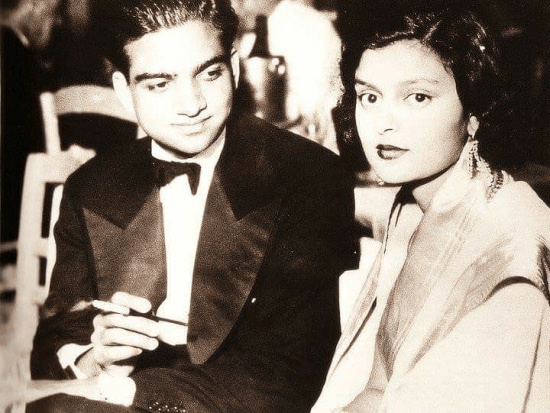
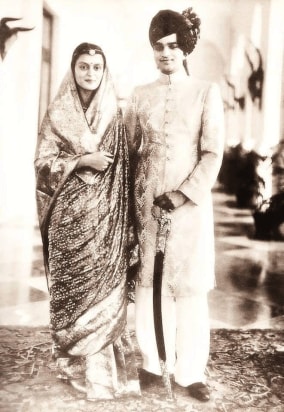
Following the split and India’s independence in 1947, Gayatri Devi campaigned for office in 1962 and won the Lok Sabha district and according to TIME, she won with the highest margin in history. She continued to hold this seat between 1967 and 1971 while campaigning against the Indian National Congress party as a member of the Swatantra Party, which was created by C. Rajagopalachari.
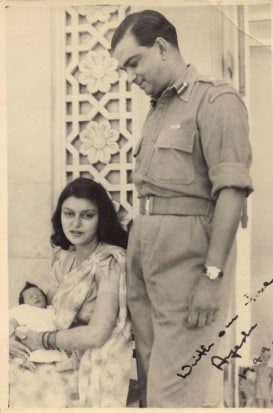
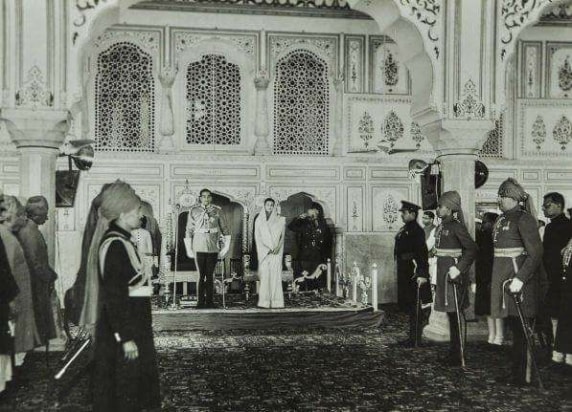
Apart from politics
Gayatri was an especially passionate rider. She was a skilled polo player and shooter and loved spending time on “Shikars”, hunting animals. Gayatri had a passion for automobiles and is credited with bringing the first W126 model, a 500 SEL, to India, which was then sent to Malaysia. She also had a plane and several Rolls-Royces.
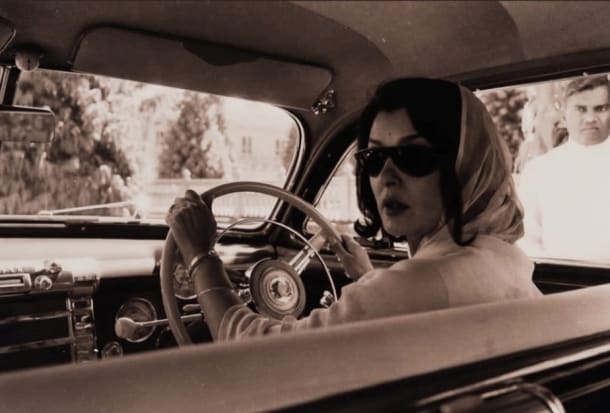
She started the 40-student Maharani Gayatri Devi Girls School, which later rose to become one of the greatest in the nation. It had one English instructor at the time. More than 30,000 girls and women benefited from her educational endeavors. She authored “The Princess Remembers” as her autobiography after being released from prison. After her husband’s passing, she was awarded the title “Raj mata.”
She was listed as one of the Ten Most Beautiful Women in the World in Vogue magazine during that time as per a Times Of India report. Despite being forewarned that being the third wife of the king would not be simple and facing constant criticism from others, she carried out all of her responsibilities with charm and grace while also being a changemaker.
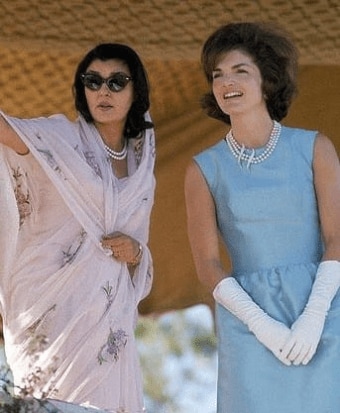
According to an India Today report, to her friends and family, Gayatri Devi was most generally referred to as Ayesha. She claimed that while her mother was reading a Rider Haggard book, she made the decision to give her daughter the name Ayesha in honour of the main character. Ayesha is a Muslim name, Indira Devi’s Muslim friend informed her a few days after Gayatri Devi was born. Since her family had previously given her the name Ayesha, it was kept as a nickname.
Her love for sarees
Gayatri Devi’s original interpretation of the chiffon saree gained her international recognition and trademark status as a fashion icon. Her impeccable sense of style is a perfect example of royal flair without the extraneous frills. Her characteristic look persisted throughout her reigning years as she wore gorgeous Chiffon sarees in delicate pastel shades and modest blouses, which were exquisitely complimented by a carefully chosen lipstick colour and stunning pearl and emerald jewellery.
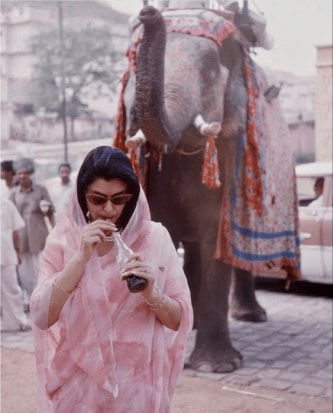
Gayatri Devi is synonymous with grace and royalty. Her progressive ideas defied conventional rules and paved the way to a future where women took charge and she was a feisty voice for young girls and a queen in its true sense.
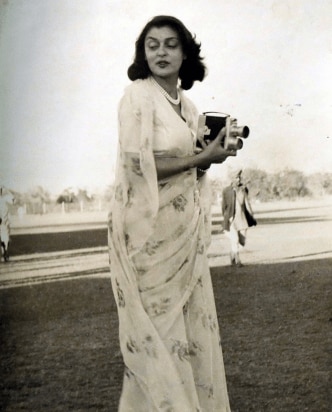
She struggled with her health for the majority of her final days, yet she was content. She had a paralytic ileus and a lung infection when she passed away on July 29, 2009. Gayatri Devi, was truly the modern princess who shattered all boundaries, broke the shackles of stereotypes!
